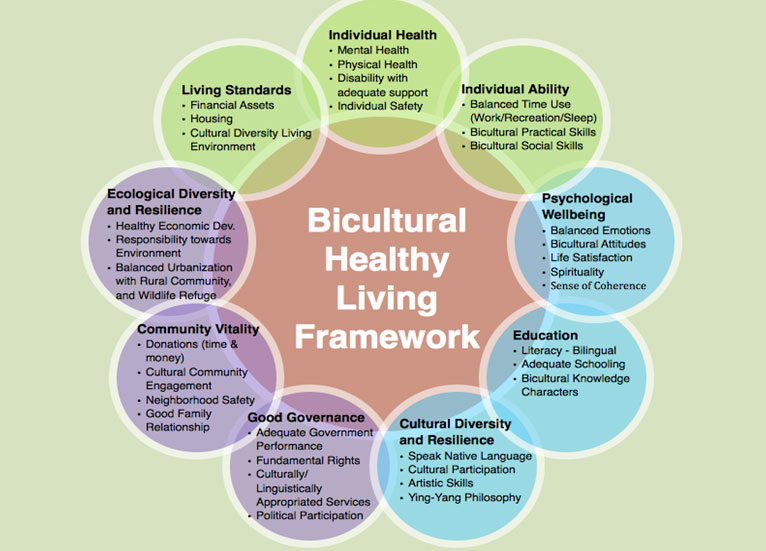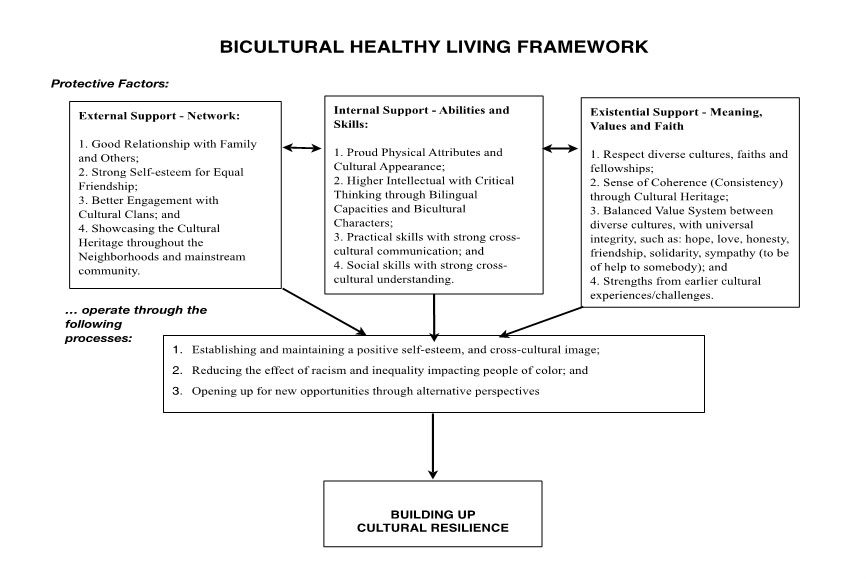[vc_row padding_top=”0px” padding_bottom=”0px” fullwidth=”false” attached=”false” padding=”0″ visibility=”” animation=”” bg_type=”no_bg” parallax_style=”vcpb-default” bg_image_new=”” layer_image=”” bg_image_repeat=”repeat” bg_image_size=”cover” bg_cstm_size=”” bg_img_attach=”scroll” parallax_sense=”30″ bg_image_posiiton=”” animation_direction=”left-animation” animation_repeat=”repeat” video_url=”” video_url_2=”” u_video_url=”” video_opts=”” video_poster=”” u_start_time=”” u_stop_time=”” viewport_vdo=”” enable_controls=”” bg_override=”0″ disable_on_mobile_img_parallax=”” parallax_content=”” parallax_content_sense=”30″ fadeout_row=”” fadeout_start_effect=”30″ enable_overlay=”” overlay_color=”” overlay_pattern=”” overlay_pattern_opacity=”80″ overlay_pattern_size=”” overlay_pattern_attachment=”fixed” multi_color_overlay=”” multi_color_overlay_opacity=”60″ seperator_enable=”” seperator_type=”none_seperator” seperator_position=”top_seperator” seperator_shape_size=”40″ seperator_svg_height=”60″ seperator_shape_background=”#fff” seperator_shape_border=”none” seperator_shape_border_color=”” seperator_shape_border_width=”1″ icon_type=”no_icon” icon=”” icon_size=”32″ icon_color=”” icon_style=”none” icon_color_bg=”” icon_border_style=”” icon_color_border=”#333333″ icon_border_size=”1″ icon_border_radius=”500″ icon_border_spacing=”50″ icon_img=”” img_width=”48″ ult_hide_row=”” ult_hide_row_large_screen=”” ult_hide_row_desktop=”” ult_hide_row_tablet=”” ult_hide_row_tablet_small=”” ult_hide_row_mobile=”” ult_hide_row_mobile_large=””][vc_column fade_animation_offset=”45px” border_color=”” visibility=”” width=”3/4″ el_class=”post-sidebar”][vc_column_text disable_pattern=”true” align=”left” margin_bottom=”0″ el_class=”ball-cam”]
Introduction
Those who have mastered, and are struggling to master the rules and norms of their new culture without abandoning their own language, values and social support, have embodied and reach to embody the philosophy of biculturalism. Like Little Turtle, they navigate between, “land and water.” We all need to recognize each of our lives has implications in day-to-day decisions that connect, or don’t to our root culture(s) and other diverse cultures around us, equally.
No longer does biculturalism and integration mean assimilation, acculturation, alternation, multicultural and fusion models. Rather a new identity is developing fusing together multiple influences, values, and practices for a stronger, holistic, and balanced approach to living. We see the Bicultural Healthy Living can support participatory and transformative best practices that:
- Understand there is no dominate culture, all cultures are equally important, and should be proud of and practice with;
- Are holistic, family/group centered, and foster awareness of local challenges, collective concerns and responsibilities;
- Encourage dialogue and respectful learning from diverse cultures about physical exercises, and healthcare linkages;
- Recognize cultural norms, agency policies and city greenway frameworks that impact on the formation of a Complete Street in North Minneapolis.
Following are few Best Practices examples for the Bicultural Healthy Living:
Food and Diet (Individual Factors):
- Preparing Traditional Diet <-> Mixing with Other Cultural Food at the same time
- Preparing Different Cultural Diet Pyramid <-> along with MyPlate idea
- Farming traditional plant products <-> Understanding the different farming rules and practices
Food and Diet (Environmental Factors):
- Improving the Food Deserts <-> Supporting Farmer Markets and Ethnic Restaurants
- Encouraging more Local Growth and Urban Farming with ethnic vegetables
- Encouraging more Organic and Ethnic grocery stores
- Offering high quality and nutritional and culturally diverse school meals to students
Physical Activity (Individual):
- Promoting Cultural Exercises, such as: Asian Dances, Black Hip Hop, etc.
- Promoting Outdoor Exercise Opportunities for Tai Chi Classes, for example
- Promoting Festival/Event Group Dance, such as: Pow Wow Dances
- Encouraging more Open Street, Sports and League Opportunities
Physical Activity (environmental):
- Improving the Street Conditions (improving lightings, and pavements, etc.)
- Encouraging Complete Street Design (i.e. better sidewalks for walking, clean street, more bike lanes)
- Encouraging diverse Public Transportation options
- Encouraging opportunities for physical activity and community access to schools during afterschool hours (ex. Joint Use Agreements)
- Subsidizing Gym Memberships and Cultural Exercises
- Lower Crime Rate to encourage more residents to go out to exercise
Family and Community Life (Individual):
- Supporting children, youth and seniors with cultural empowerment
- Supporting family members living in intergenerational households
- Preparing/Eating Bicultural and Nutrition Balanced Meals together
- Attending community functions and celebrations
Family and Community Life (Environmental):
- Improving cultural/linguistic appropriated communication systems for heath information and services
- Increasing number of bicultural trained medical translators
- Increasing the health care access with bicultural approaches, such as: green prescriptions, herb medicines, and other alternative healings
- Encouraging community centers with ethnic cultures highlighted
- Encouraging Ethnic-focused Federally Qualified Health Centers (FQHC) development
Besides placing emphasis on the need to preserve cultural traditions, Bicultural Healthy Living would emphasize the evolving nature of cultural diversity, and work through integrating diverse cultures holistically. Establishing the understanding of the constant evolution of cultural diversity can help us to integrate successfully and holistically the diverse cultures and practices.
We value the 4 C’s as the Bicultural Healthy Living Framework Principles for creating Sustainability for the overall environment:
- Cultural Integration – Engaging diverse cultures is essential as they value and include differing systems and perspectives. The process of conducting such intercultural dialogues/action is also important to creating understanding, ownership and empowerment.
- Connectedness – Connectedness is key to sustainable development as it enables people to join force from different pathways toward a better future. Connectedness is also essential to learning to live together and live healthy, a fundamental cultural principle.
- Critical Thinking and Creative Practice – Critical Thinking and Creative Practice enable people to explore new ways of thinking and acting, make informed decisions, and create alternatives to present choices. It involves reflecting on how people interrelate with each other, understanding cultural differences and creating alternative ways to live together and live healthy.
It is important to emphasize that Sustainability is an open concept, which embraces different understandings. This plurality in understandings needs to become an invitation for dialogue to contextualize (culturally and regionally) the definitions. This pluralism should not be understood as a limitation or disqualification among the different opinions and views. In applying the Bicultural Healthy Living Framework as below chart, the Sustainability can be achieved in the Health Care Environment, for example.
Strategies
Below 6 Strategies can successfully support the Sustainability for the Bicultural Healthy Living:
- Complete Street
- Cultural Exercise
- Green Event
- Green Prescription (Green Rx)
- Healthy Food
- Transportation
[/vc_column_text][/vc_column][vc_column fade_animation_offset=”45px” border_color=”” visibility=”” width=”1/4″][vc_wp_search][vc_wp_custommenu nav_menu=”17″ el_class=”side-bar-link”][vc_column_text disable_pattern=”true” align=”left” margin_bottom=”0″ el_class=”side-bar-link-material”]
Campaign Materials
- Logo
- Booklet
- Brochure
- Folding Card
- Sticker and Temp Tattoo
- T-shirts
- Press Coverage and Success Story
- Social Media
- Bus Poster
- Door Hanger
- Monthly eNewsletter
- Bicultural Healthy Living Weblog
[/vc_column_text][/vc_column][/vc_row]

